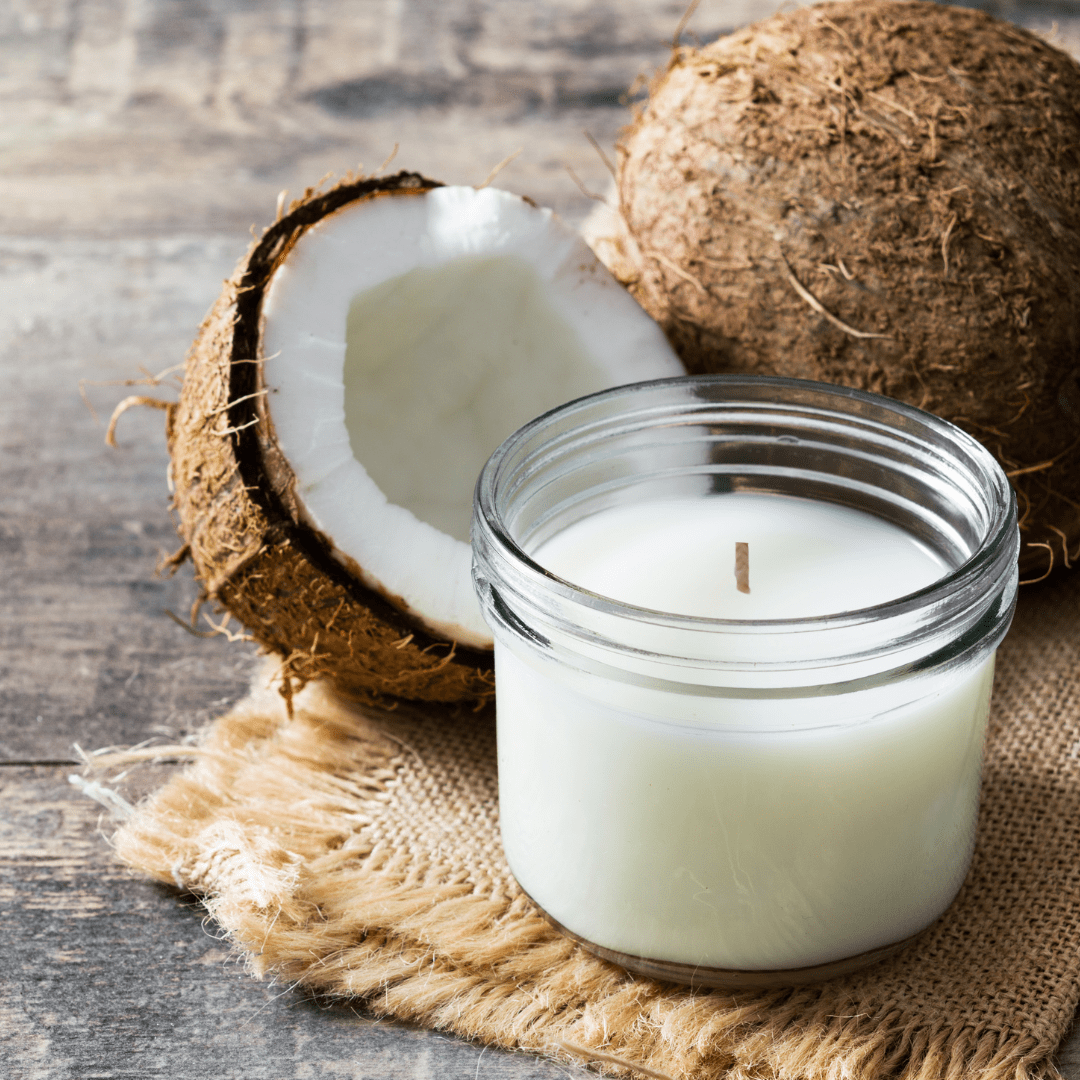From Wick to Wax: Comprehending the Chemistry Behind Soy Wax Candles and Their Ecological Influence
As we brighten our spaces with the cozy radiance of candle lights, there exists a realm of complex chemistry behind the seemingly basic act of lighting a soy wax candle light. The option between soy and paraffin wax expands beyond plain aesthetics, delving right into the realm of environmental influence and the extremely structure of the products. Comprehending the molecular framework of soy wax and its combustion process drops light on the exhausts launched into our surroundings. Join us as we untangle the clinical complexities behind soy wax candle lights and explore their ramifications on our setting.
Soy Wax Vs. Paraffin Wax
When comparing soy wax and paraffin wax for candle light production, it is necessary to recognize the distinct features and advantages of each material. Soy wax is a natural, renewable energy derived from soybean oil, making it green and eco-friendly - soy candles. On the other hand, paraffin wax is a by-product of oil refining, which increases worries regarding its ecological effect and sustainability
Soy wax candle lights melt cleaner and emit much less soot contrasted to paraffin wax candles, making them a healthier choice for interior air top quality. Furthermore, soy wax has a lower melting point, permitting for a longer-lasting candle light that distributes scent better. Paraffin wax, on the various other hand, tends to burn faster and much less cleanly, potentially launching dangerous chemicals into the air.
From a sustainability perspective, soy wax is preferred for its biodegradability and renewable sourcing, aligning with the expanding customer choice for ecologically mindful items. While paraffin wax has actually been a typical selection in candle light making because of its price and ease of usage, the change towards environmentally friendly choices like soy wax is acquiring momentum in the market.
Chemical Structure of Soy Wax

Combustion Process in Soy Candles
The chemical make-up of soy wax directly influences the combustion procedure in soy candle lights, affecting variables such as shed time, scent launch, and ecological effect. When a soy candle light is lit, the warm from the flame thaws the wax near the wick. This liquid wax is then formulated the wick due to capillary activity. As the liquid wax reaches the fire, it goes through and evaporates burning. The combustion process entails the vaporized hydrocarbons in the wax responding with oxygen in the air to produce warm, light, water vapor, and carbon dioxide.
The combustion effectiveness of soy candle lights is influenced by the purity of the soy wax and the quality of the wick. A clean-burning soy candle with an appropriately sized wick will certainly lessen and generate a constant fire residue formation. This not only extends the melt time of the candle light but additionally improves the release of fragrances. Furthermore, soy wax candle lights have a lower environmental impact contrasted to paraffin candles because of their biodegradable and eco-friendly nature.

Ecological Benefits of Soy Wax

Thought about a lasting option to standard paraffin wax, soy wax uses notable ecological benefits that make it a popular choice amongst eco-conscious consumers. One considerable advantage of soy wax is its eco-friendly sourcing. Soy wax is acquired from soybean oil, which is mainly grown in the USA. The farming of soybeans assists support local farmers and lowers the dependence on non-renewable nonrenewable fuel sources utilized in paraffin wax production. In addition, soy wax is eco-friendly, meaning it breaks down normally without releasing dangerous toxic substances right into the setting. This characteristic makes soy wax candle lights a much more environmentally pleasant option compared to paraffin wax candle lights, which are made from petroleum, a non-renewable source. Soy wax burns cleaner and generates much less soot than paraffin wax, adding to better interior air high quality and minimizing the need for cleansing soy candles and upkeep. Generally, the ecological benefits of soy wax straighten with the growing need for sustainable and eco-friendly products in the marketplace.
Recycling and Disposal Factors To Consider
Recycling and proper disposal of soy wax candles play an important role in keeping ecological sustainability and decreasing waste in families and areas. When it comes to recycling soy wax candles, the initial step is to make certain that the candle has shed entirely. This can be achieved by allowing the candle light to melt till the wick is no much longer useful, and after that letting the remaining wax cool and strengthen. As soon as the wax has actually strengthened, it can be very carefully gotten rid of from the container.

In regards to disposal, if recycling is not a choice, soy wax candles are naturally degradable and can be safely thrown away in the majority of house waste systems. It is constantly suggested to examine with regional reusing facilities or waste monitoring services for details guidelines on candle light disposal to ensure proper handling and environmental defense.
Conclusion
In conclusion, the chemistry behind soy wax candles reveals their environmental benefits over paraffin wax candles. Soy wax, obtained from soybean oil, burns cleaner and generates less residue when contrasted to paraffin wax.
When comparing soy wax and paraffin wax for candle making, it is important to recognize the unique attributes and advantages of each product (crystal soy candles).Soy wax candle lights melt cleaner and release much less residue contrasted to paraffin wax candle lights, making them a much healthier choice for interior air high quality.Considered a sustainable alternative to conventional paraffin wax, soy wax uses notable environmental benefits that make it a popular choice among eco-conscious consumers. Soy wax burns cleaner and generates much less residue than paraffin wax, contributing to much better indoor air top quality and reducing the need for cleaning and upkeep.In conclusion, the chemistry behind soy wax candle lights exposes their environmental advantages over paraffin wax candles